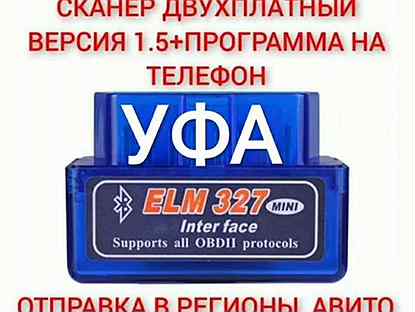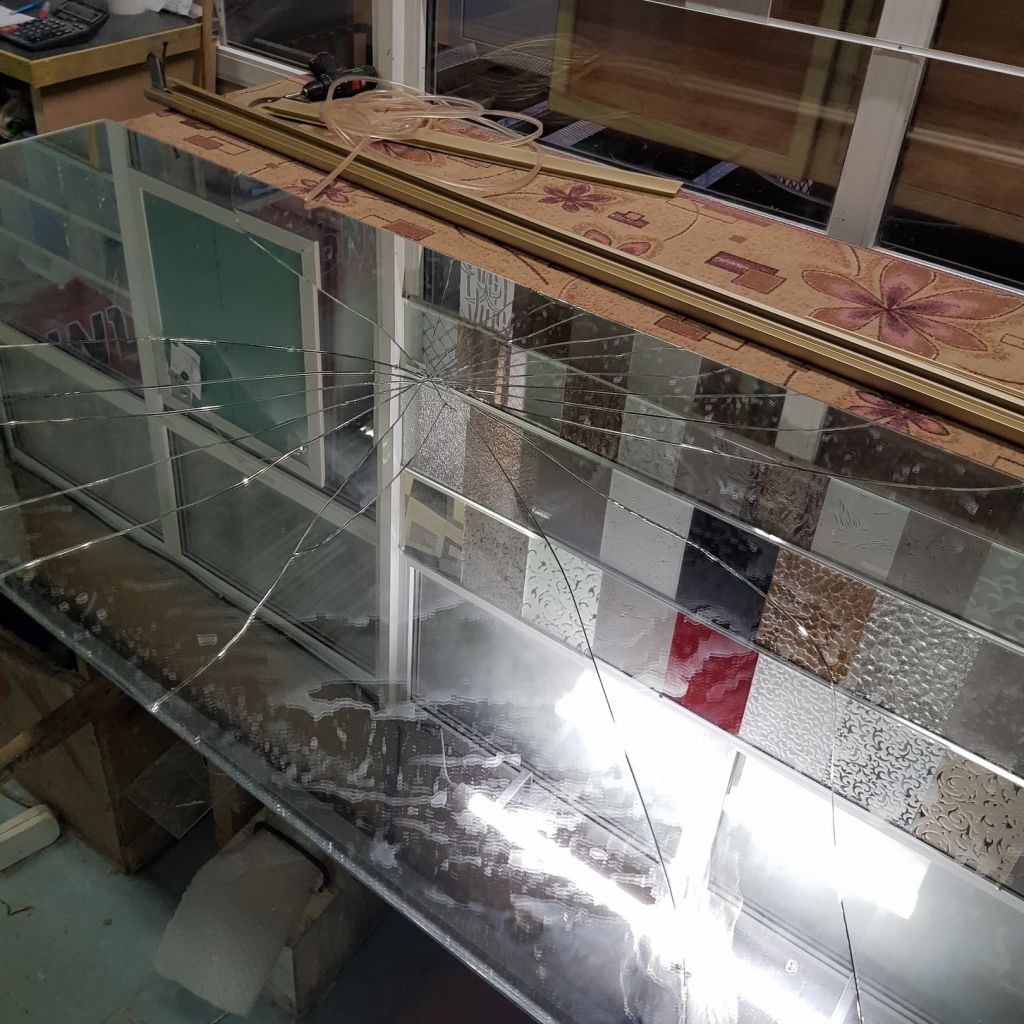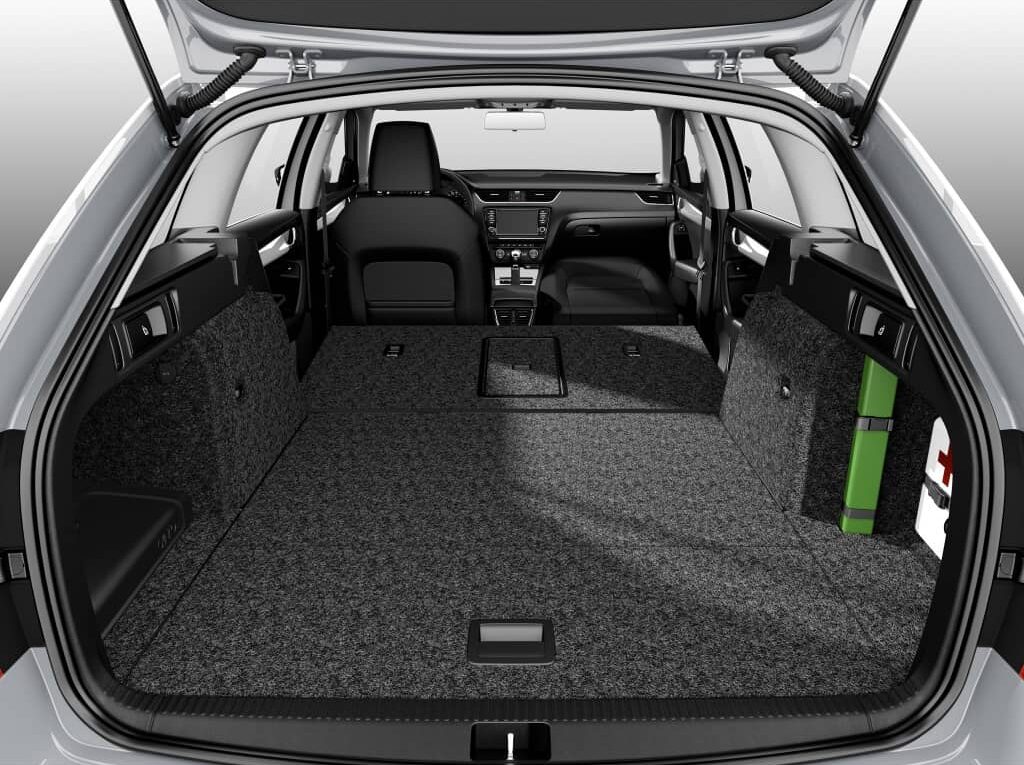
Are warning lights the only thing OBD uses to alert the driver to problems?
Content
If your vehicle was manufactured after 1996, it is equipped with an OBD II system that monitors emissions and other on-board systems. Although it is primarily focused on emissions, it can also report other issues that are only indirectly related…
If your vehicle was manufactured after 1996, it is equipped with an OBD II system that monitors emissions and other on-board systems. Although it is primarily focused on emissions, it can also report other problems that are only indirectly related to emissions (such as engine misfiring). It alerts the driver to any potential problems with a single indicator on the dashboard. Check engine light, which is also called MIL or Malfunction indicator lamp.
Is the Check Engine indicator the only indicator connected?
Yes. The only way your OBD system should communicate with you is through the Check Engine light. What's more, the other lights on your dashboard are NOT connected to the OBD system (although advanced scanning tools can access the car's computer and read many of these trouble codes through the OBD II connector under the dash).
Common Reasons Why the Check Engine Light Is On
If the Check Engine light comes on immediately after starting the engine and then goes off again, this is normal. This is a self test procedure and the OBD system tells you that it is working.
If the Check Engine light comes on and stays on, the computer has identified a problem that is affecting emissions or engine control in some way. These can range from engine misfires to faulty oxygen sensors, dead catalytic converters, and even a loose gas cap. You will need to have the code pulled by a mechanic to begin the diagnostic process and determine the cause of the problem.
If the Check Engine light comes on and starts flashing, it means that your engine may be having a serious misfire, and as a result, the catalytic converter may overheat, resulting in a fire. You must stop the vehicle immediately and call a mechanic to diagnose and fix the problem.
Although the OBD system can only use the Check Engine light to communicate with you, it is very important that you pay attention to this light and know what to do.

